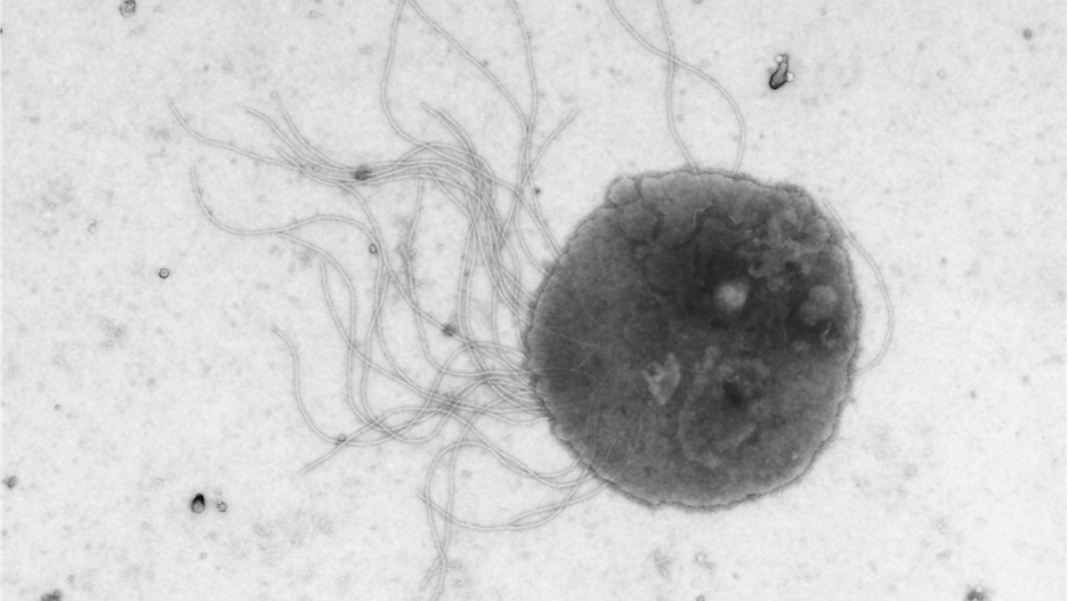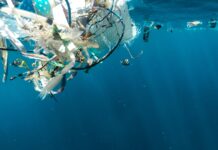Owing to the mounting effect of greenhouse gas emissions into the atmosphere, researchers have attempted to cultivate novel methods to capture, isolate, and utilize CO2. They have focused on biological carbon fixation for recycling CO2, which replaces petroleum sources in the form of a feedstock for chemical synthesis. Long-term fluctuations in weather patterns and temperatures, primarily due to human activities, such as burning fossil fuels that release heat-trapping gasses, lead to climate change. A range of living organisms has evolved to use ambient CO2 as a major source of carbon for growth and other biological processes. Scientists have identified the climate emergency worldwide, which requires urgent action for lowering or preventing climate change and averting possibly irreversible damage to the environment.
Recently, Kershanthen Thevasundaram and their team developed a microorganism that effectively synthesizes sustainable bioplastics—plastic materials generated from renewable biomass sources, including corn starch, straw, vegetable fats and oils, sawdust, woodchips, and recycled food waste—from CO2. These microbes are classified as Methanogenic archaea, which have been identified as organisms that have the potential for biological carbon fixation. Unfortunately, their integration into industrial applications has been challenging.
According to this recent publication in the Proceedings of the National Academy of Sciences, the research team developed a specific strain (type) of Methanococcus maripaludis, a methanogen, which has the property of synthesizing substantial amounts of monomers (a molecule that binds to another molecule to form large polymers) and bioplastics from hydrogen and CO2 gas. The team analyzed a set of RNA transcripts and proteins, and utilized metabolic modeling for characterizing the metabolism of the methanogen.
According to their results, limited availability of nicotinamide adenine dinucleotide hydrogen (NADH), the metabolic enzyme that plays a role in the energy synthesis processes, was recognized as a bottleneck for the production of bioplastics. Subsequently, synthetic pathways were engineered by the team with the aim of improving both the turnover and biosynthesis of NADH in M. maripaludis. The findings revealed that the engineered strain of the methanogen could effectively synthesize a biodegradable and bio-derived polymer at approximately 171 milligrams per liter of concentration or approximately 24% of dry cell biomass, which was two times greater in magnitude than preceding efforts.
According to Thevasundaram, a range of renewable energy sources can result in the biosynthesis of methanogenic archaea without necessitating light. Furthermore, the findings elucidated the possibility of M. maripaludis as a foundation for ecological chemical synthesis based on CO2 recycling. Nonetheless, M. maripaludis is present in a comparatively nascent phase of production in the form of an industrial host.
In summary, the authors anticipate that the insights provided in the research paved the way for wide-ranging advances in metabolic engineering, particularly in M. maripaludis and additional archaea, thus enabling better identification of the varied chemical abilities present in the environment.
References
Thevasundaram, K., Gallagher, J. J., Cherng, F., & Chang, M. C. (2022). Engineering nonphotosynthetic carbon fixation for production of bioplastics by methanogenic archaea. Proceedings of the National Academy of Sciences of the United States of America, 119(23), e2118638119. https://doi.org/10.1073/pnas.2118638119
Smith, P., Soussana, J. F., Angers, D., Schipper, L., Chenu, C., Rasse, D. P., … & Klumpp, K. (2020). How to measure, report and verify soil carbon change to realize the potential of soil carbon sequestration for atmospheric greenhouse gas removal. Global Change Biology, 26(1), 219-241. https://doi.org/10.1111/gcb.14815
Gong, F., Zhu, H., Zhang, Y., & Li, Y. (2018). Biological carbon fixation: from natural to synthetic. Journal of CO2 Utilization, 28, 221-227. https://doi.org/10.1016/j.jcou.2018.09.014
Gayathri, R., Mahboob, S., Govindarajan, M., Al-Ghanim, K. A., Ahmed, Z., Al-Mulhm, N., … & Vijayalakshmi, S. (2021). A review on biological carbon sequestration: A sustainable solution for a cleaner air environment, less pollution and lower health risks. Journal of King Saud University-Science, 33(2), 101282. https://doi.org/10.1016/j.jksus.2020.101282
Ripple, W., Wolf, C., Newsome, T., Barnard, P., Moomaw, W., & Grandcolas, P. (2019). World scientists’ warning of a climate emergency. BioScience. https://hal.archives-ouvertes.fr/hal-02397151/document
Featured image: Methanococcus maripaludis in a microscope by Aizawa and Kaoru Uchida






I thought plants did that chemistry